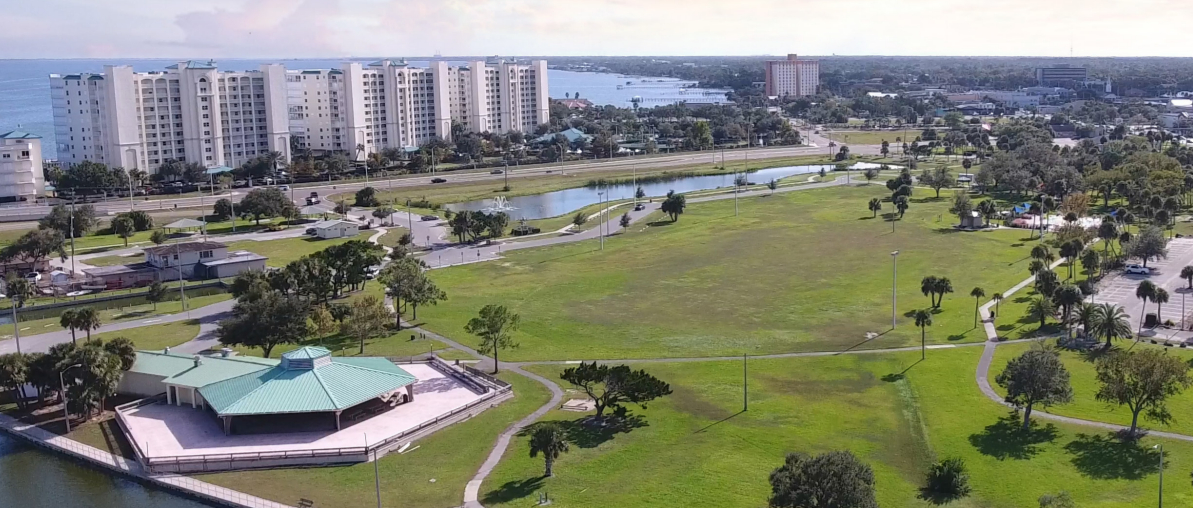
Graphic: NASA
NASA has selected Intuitive Machines, Lunar Outpost, and Astrolab to design a Lunar Terrain Vehicle, the agency announced earlier today in a press conference held in Houston. Each company named today will begin with a feasibility task order, which will be a year-long special study to develop their system to meet NASA’s requirements through the preliminary design maturity project.
Afterward one or more qualifying companies will be chosen to complete a demonstration mission, where it/they will continue developing the LTV, deliver it to the surface of the Moon, and validate its performance and safety prior to Artemis V, the first mission planned to take advantage of the LTV. While they left the door open today for more than one, NASA stated in a press release today that they anticipate making an award to only one provider for the demonstration.
Artemis V is currently planned for no earlier than 2029.
Intuitive Machines Reaction

Graphic: Intuitive Machines
“This procurement strategically aligns with the Company’s flight-proven capability to deliver payloads to the surface of the Moon under the agency’s Commercial Lunar Payload Services initiative, further solidifying our position as a proven commercial contractor in lunar exploration,” said Intuitive Machines CEO Steve Altemus in a press release issued by the company today. “Our global team is on a path to provide essential lunar infrastructure services to NASA in a project that would allow the Company to retain ownership of the vehicle for commercial utilization during periods of non-NASA activity over approximately ten years of lunar surface activity.”
Astrolab Reaction

Photo: Astrolab
“Astrolab is honored to have its FLEX rover selected by NASA to participate in the development of creating a Lunar Terrain Vehicle for the Artemis Campaign,” said Jaret Matthews, founder & CEO, Astrolab in a press release issued today. “Our entire team, together with our business partners, are committed to delivering to NASA an LTV that serves as a critical tool in the agency’s efforts to establish a long-term human presence on the Moon.”
“We’re excited to work with Astrolab and the entire team to revolutionize lunar operations,” said Russell Ralston, Vice President of EVA, Axiom Space. “We look forward to offering our expertise in the design of vehicle interfaces for both the crew and spacesuits, ensuring astronaut safety and mobility on the surface of the Moon. This partnership showcases a collective commitment to pushing boundaries and driving advancements in space exploration.”
Lunar Outpost Reaction

Lunar Outpost will work with Lockheed Martin, General Motors, Goodyear and MDA Space to develop their LTV.
“Surface mobility is a critical capability for humanity’s future in space, and Lunar Outpost looks forward to driving value in the cislunar economy by providing a reliable, safe and capable vehicle that will be used to provide mobility to Artemis astronauts and perform critical missions autonomously on the Moon for commercial endeavors,” said Lunar Outpost CEO, Justin Cyrus. “We look forward to leveraging the strengths of Lockheed Martin, a company with extensive human and advanced space systems experience, and our other industry teammates, GM, Goodyear and MDA Space, to provide an unparalleled technical offering at a commercially viable price point.”
NASA Statement
“We look forward to the development of the Artemis generation lunar exploration vehicle to help us advance what we learn at the Moon,” said Vanessa Wyche, director of NASA’s Johnson Space Center in Houston. “This vehicle will greatly increase our astronauts’ ability to explore and conduct science on the lunar surface while also serving as a science platform between crewed missions.”
All Purpose Vehicle
Besides enduring the extreme lunar conditions of the Moon’s South Pole region, the new rover requirements include advanced power management, autonomous driving, communications and navigation systems. When crews are not actively using the rovers on their missions on the lunar surface, NASA also expects to be able to use the rovers remotely to “support NASA’s scientific objectives as needed.” NASA added that “Outside those times, the provider will have the ability to use their LTV for commercial lunar surface activities unrelated to NASA missions.”
“We will use the LTV to travel to locations we might not otherwise be able to reach on foot, increasing our ability to explore and make new scientific discoveries,” said Jacob Bleacher, chief exploration scientist in the Exploration Systems Development Mission Directorate at NASA Headquarters in Washington. “With the Artemis crewed missions, and during remote operations when there is not a crew on the surface, we are enabling science and discovery on the Moon year around.”












Leave a Reply